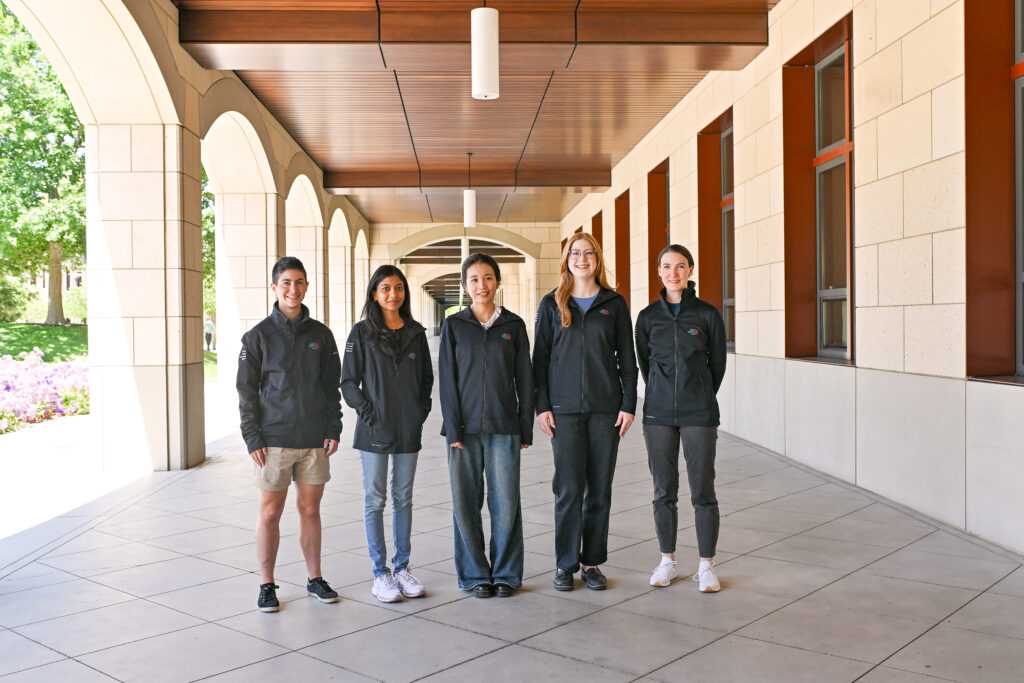“Digital human” simulations lead to a knee-protective walking strategy
Collaborators

Researchers with the Wu Tsai Human Performance Alliance are approaching medical care using computer simulation strategies historically used by engineers to design bridges, airplanes, and computer circuitry. The team, led by Scott Delp, Ph.D. and Scott Uhlrich, Ph.D. at Stanford University, used the vision of “digital human” simulations and developed a potential method to treat the cause of joint pain associated with arthritis.
They first used computer simulations of walking to determine how to change muscle activation in the legs to decrease knee forces.High knee forces may be associated with joint degeneration and osteoarthritis. Using the information on muscle activation, the Stanford team built a system that provided feedback to participants to activate different muscles and adjust the way they walked. These adjustments decreased the activity of some muscles and increased activity of others, which resulted in lower knee forces. The results of this study are promising, but more research is necessary to translate them into treatment for osteoarthritis or other injuries.
This research is part of the Wu Tsai Human Performance Alliance Digital Athlete moonshot research initiative. The goal of this initiative is to use large-scale data to create personalized regimens to improve training and performance, reduce injuries, and more.
Latest News

July 5, 2024
Watch: seminars on jet leg and physiological dynamics of recovery

July 1, 2024
Call for applications: 2025 Wu Tsai Performance Clinician Scientist Fellowship

June 26, 2024
Announcing the 2024 graduate and postdoctoral scholars
Get Engaged
We invite faculty, students, staff, alumni, friends, and external organizations to participate in the Wu Tsai Human Performance Alliance at Stanford.
